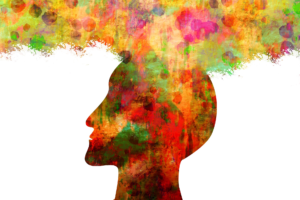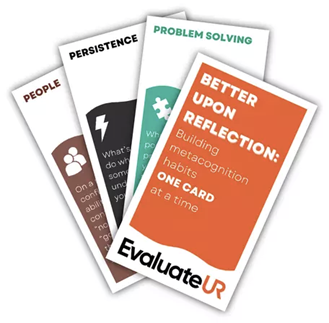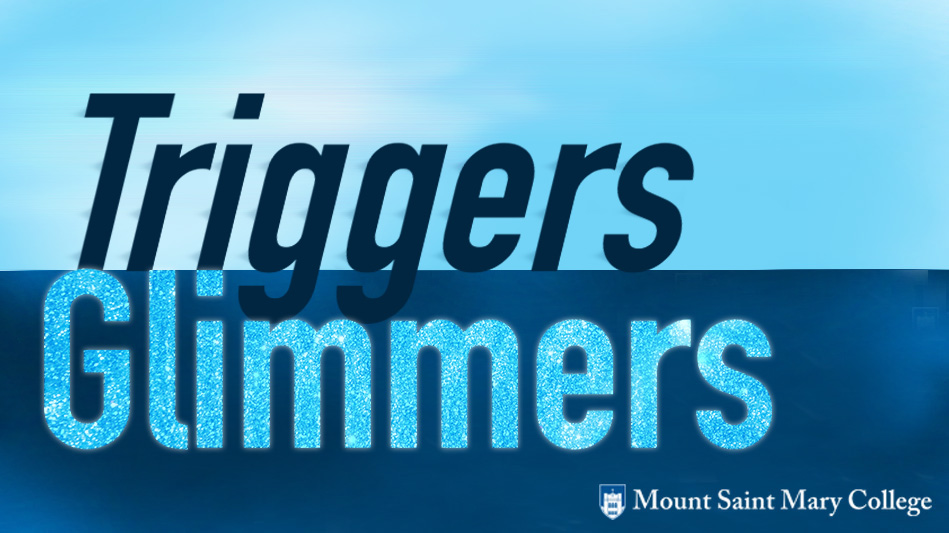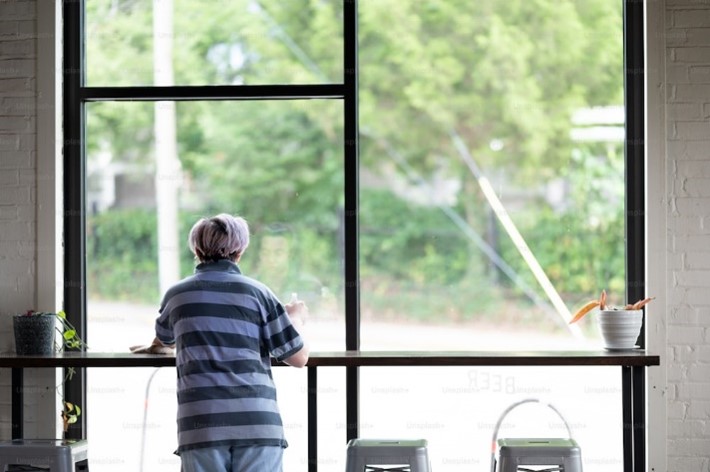by Matt Recla, PhD, Associate Director of University Foundations at Boise State
This is the 3rd post in the Guest Editor Series, Metacognition, Writing, and Well-Being, Edited by dawn shepherd, PhD, Ti Macklin, PhD, and Heidi Estrem, PhD
Becoming a Learner
When I started teaching a required first-year course years ago, faculty were recommended to include Matthew Sanders’ small text, Becoming a Learner. Though it seemed a distraction from the “real” content of my course, I dutifully added the text. It makes a simple, compelling argument that students should strive to be active learners rather than passive students, exposing common misconceptions about a college education and suggesting helpful corrections. I paired the text with a short assignment to craft three learning goals for the semester, including at least one for our course and at least one for their learning journey more broadly.
I was surprised by the overwhelmingly positive reactions from students. Though assigned at the beginning of the semester, in their reflections on the course months later students still made comments like the following: “I learned so much about myself and what to improve on.” “It really set the tone for the rest of the class.” “It really changed my perspective on how I view my college education.” A few even claimed it was the most valuable part of the course! Reflecting on their past learning experiences and considering concrete goals provided a tool to gain purchase on their educational journey.
I began to wonder, though, whether my teaching techniques and assignments throughout the rest of the course were in harmony with the message of becoming a learner. Sanders exhorts students to be creative and courageous in order to learn (14, 42). Was I helping students do that, or was I penalizing them if they took a risk? He encourages critical thinking and the interconnectedness of learning (15, 35). Was I providing opportunities to make those connections, to reflect on the impact of their learning? These reflections led me to further opportunities for student metacognition. I made two additional changes that, in offering students a greater sense of empowerment in their education, also hopefully contributes to their sense of well-being.
Ungrading
The first change was ungrading, which to my mind was the natural complement to a first-year required course that promotes taking charge of your education. (There are many different ways to ungrade; I was initially guided by Hacking Assessment, and have since benefitted from the edited volume, Ungrading.) I’ve landed for now on a system where students receive no grades until the end of the course. They receive significant feedback on each assignment (based on Mark Barnes’ SE2R feedback approach) from me or a teaching assistant and have unlimited opportunities to revise and resubmit their work. We meet individually with each one of our 100 students at midsemester to hear about their progress and tackle any ongoing challenges. We meet again at semester’s end, and students explain the grade they believe they’ve earned. At least nine times out of ten they assess themselves just as we (instructors) would. When there appear to be gaps in the student’s self-assessment, we have a slightly longer conversation to understand (and rarely, suggest possible corrections to) their rationale.
I have come to see ungrading as part of my own well-being as an educator, as it appropriately shares my responsibility for a student’s grade with them. They are well-positioned to evaluate their performance if I trust them to do so and let them practice. There is a learning curve, and it can at first be frustrating for students who (like myself as a student) are used to finding out “what the teacher wants.” If embraced, though, it encourages for most students more authentic engagement with their learning. Their reflections suggest this augments a feeling of ownership of their education.
Metacognitive Reflection
The second change I adopted is to have students write or record a brief metacognitive reflection along with every major assignment. (My first and last assignments are themselves reflections on their experience, so I don’t assign a reflection on their reflection. That gets confusing for everyone!) The prompt for this brief addendum asks students to think about successes and challenges, both internal and external. (I’ve lost track of the original source for this idea, but I’m grateful!) I show these four areas in a quadrant and invite students to respond to at least one prompt in each area:
|
|
Internal |
External |
|
Successes |
● What did I do to achieve success on this assignment? ● What did I learn from this assessment (in terms of content, skills, and/or about myself)? |
● What parts of the assignment worked well for me? Why? ● Where do I think I did best on the assignment or what portion am I particularly proud of? ● Which assignment standards did I meet or exceed? Why do I think so? |
|
Challenges |
● What challenges did I face while completing the assignment (outside the assignment itself)? ● How did I overcome those challenges? ● What do I plan to do differently next time as a result? |
● What parts of the assignment were most challenging for me to understand? Why? ● How did I overcome those challenges? ● Which assignment standards did I not meet? Why? |
Students reflect honestly on their challenges and modestly on their successes. They already may do this internally as they complete their work, but taking the time to record it helps reinforce that intuitive reflection and reveals the interconnectedness of their learning. The reflections often provide helpful context for their work, which may be impacted by any number of factors. In most cases I can affirm their self-assessment and suggest other small shifts as needed. The opportunity for intentional, transparent reflection has induced some “aha!” moments. I’ve seen many students follow through with changes in their time management for future assignments or double-down on areas of skill that were uncovered in reflection, which, because self-generated rather than forced, increases their felt self-efficacy.
Teaching in a COVID (and post-COVID) world
Although I incorporated both of these practices before the global disruptions of the last couple years, I’ve found that both ungrading and metacognitive reflection lend themselves well to teaching in a world unmoored by a pandemic. In the fall semester of 2020 we could see the impacts of a dramatic disruption in students’ learning, transitioning from in-person to primarily or completely virtual. Those impacts have become more pronounced each year since. The flexible design of my course is fairly adaptable to student needs and abilities when they enter the course, and it means that their grade isn’t ruined because they miss something due to unforeseen circumstances.
As they complete assignments and reflect on their progress, I can see them wrestle with the challenges of my course while simultaneously managing their other courses and the numerous obligations of adulthood. When they reflect at the end of the semester and assign themselves a grade, I can see how they comprehensively assess what this small piece of their growth as learners has added up to. I am privileged to work with students with a variety of different experiences and perspectives, and if my classroom provides a space where they can reflect on where they are and continue the lifelong process of becoming learners, I feel that I’ve boosted their well-being and not hindered their journey.
References:
Blum, S. D. (2020). Ungrading: Why Rating Students Undermines Learning (and What to Do Instead). West Virginia University Press.
Sackstein, S. (2015). Hacking assessment: 10 ways to go gradeless in a traditional grades school. Times 10 Publications.
Sanders, M. L. (2018). Becoming a learner: Realizing the opportunity of education. Macmillan Learning Curriculum Solutions.




